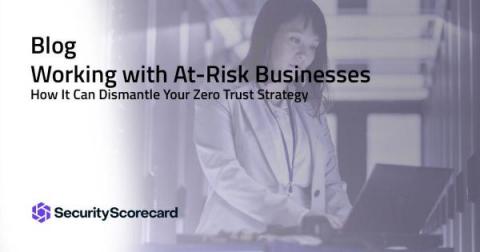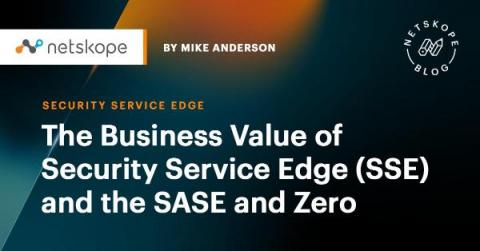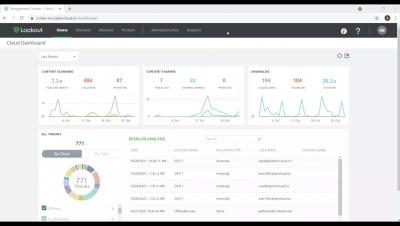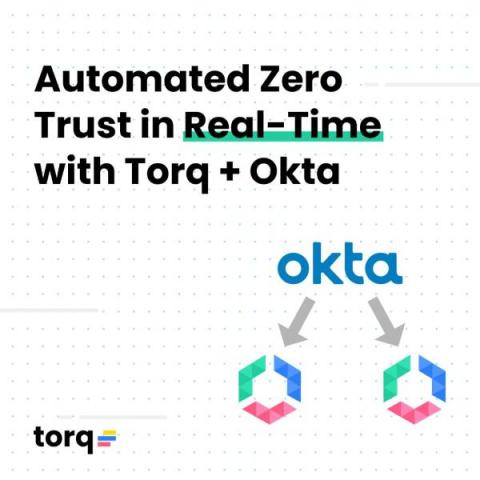Zero Trust Architecture for Healthcare - 7 Common Pitfalls to Avoid
The wealth of sensitive personal and financial data managed by hospitals and health systems, coupled with known cybersecurity vulnerabilities, makes the healthcare sector an inviting target for cyberattacks. In the last three years, 93% of healthcare organizations have experienced a data breach, and 57% have had more than five breaches.











